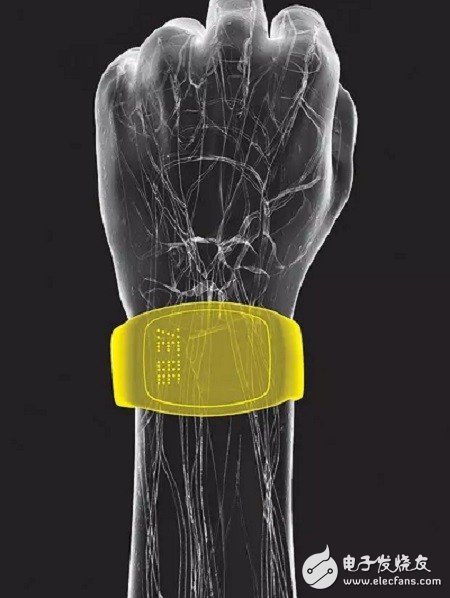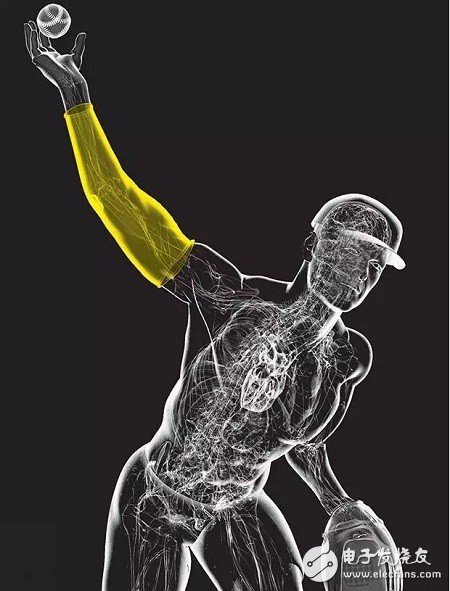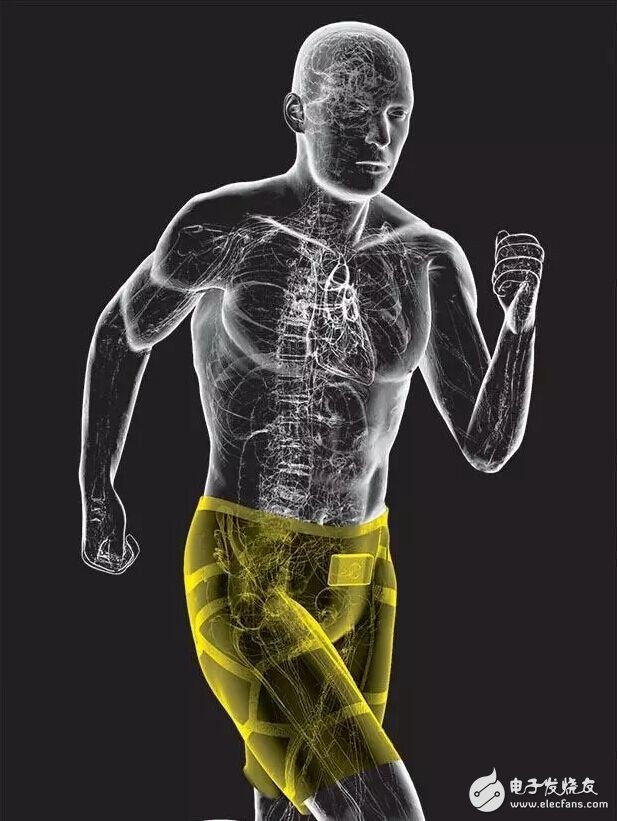Biosensors are changing the way the world's top athletes are trained. These wearable sensors provide real-time physiological parameters that were previously required to obtain cumbersome and expensive laboratory equipment. Just as the popular weight-bearing training program 40 years ago made athletes more resilient, wearable equipment can help athletes improve their performance while avoiding injuries. Some baseball players, cyclists and other competitive athletes seek advantage with new equipment.
Marko Yrjovuori, a biomechanics expert who trained the Los Angeles Lakers, said: "I see them as an integral part of daily training." Let's take a look at these top-notch wearables that are being used by top athletes and also available to amateurs alike!
Figure 1 shows the Readiband electronic wristband

Use: This electronic wristband is used to measure sleep quality and sleep levels and can help predict the player's response time the next day. Coaches can use relevant online tools to monitor the sleep patterns and fatigue levels of professional athletes.
Working mode: The wristband's accelerometer senses the tiny movements of the wearer's wrist to determine if the wearer is asleep. Fatigue is predicted by the SAFTE model developed by the US military (sleep, activity, fatigue, task, and effectiveness). The "utility score" is used to evaluate the wearer's sleep quality.
Users: Vancouver Canucks, Seattle Sounders, Dallas Mavericks
Figure 2 is: Motus Sleeve (compression sleeve)

Use: Compressed cuff with several sensors to track the throwing action of baseball players. The pitcher can use this device to correct his movements to prevent injury to the ulnar collateral ligament (UCL). This condition will lead to an episode of a reconstruction process called "Tommy John Surgery." Previously, the motion capture imager was used to capture the pitcher's throwing motion.
How it works: The accelerometer and gyroscope in the sleeve track the movement of the arm and send the data to the phone via Bluetooth. Based on the estimation of the athlete's arm movement and basic biomechanical principles, MotusAPP is able to calculate the moment of the wrist - the pressure on the UCL during the pitching process, while also tracking some arm speed, maximum shoulder rotation angle, ball off the hand The height of the elbow.
User: Used by about 20 professional baseball players during this spring training
Figure 3 shows: Myontec Mbody Pro and BSX Insight

Myontec Mbody Pro
Uses: By measuring the unbalance of the muscles by compressing the shorts and the sensor. This suit can determine some data, such as: Does the athlete prefer to exercise one of the legs (similar to the left scorpion), and is not disproportionate to the quadriceps tendon compared to the tendon. The results of the feedback can help athletes improve their skills and prevent paralysis and injuries.
How it works: Shorts can be combined with muscle activity electromyography (EMG) to measure accelerometer and heart rate data. The high-end version of Mbody Pro provides more detailed EMG data analysis than the low-end versions of Mbody Bike&Run and Mbody All Sports.
Users: Los Angeles Lakers, Pittsburgh Penguins, professional boxers, Olympic skiers, and more than 20 sports institutions and training centers around the world.
BSX Insight
Use: A compression cuff worn on the calf can measure the lactate threshold - when exercise intensity is above this threshold (concentration of lactic acid build-up in the blood) can cause discomfort and force the athlete to slow down. In general, monitoring the lactate threshold requires blood samples from multiple fingers and must be sent to the laboratory for testing. This non-invasive sensor can be worn while working out.
How it works: The device uses near-infrared spectroscopy to estimate lactic acid concentration. Light from different wavelengths is emitted through the calf artery, and the sensor measures the reflectance to show changes in blood oxygen and other parameters.
Users: Many professional cyclists, runners, triathlons, as well as a British football team and an NBA team
Figure 4 is: OpTImEye S 5

Uses: Equipped sensors can accurately record the movement of athletes in indoor and outdoor venues. The device is placed in the compression suit on the back of the athlete and can monitor acceleration, deceleration, direction change, and jump height and distance. The coach can monitor the intensity of each athlete's training by monitoring the data and prevent the damage caused by overtraining.
How it works: Accelerometers, magnetometers, gyroscopes, GPS receivers - capable of recording 100 data points per second. Based on the analysis of motion and specific locations in the software, the algorithm can detect what the athlete is doing. This data can be accessed in real time via a wireless link.
Users: More than half of the NFLs (football leagues), one-third of NBA athletes, more than 100 NCAA teams, more than half of the Premier League teams, and some hockey, football, football and rowing players around the world team.
Outdoor Full Color Led Display P4 Rental,which made from die cast cabinet, it is easy maintenance. Outdoor Rental Led Display using the distribution and modular design to improve the stability of the LED Screen control system. P4 LED Display widely used in Outdoor Rental Projects, like Performances, Forums, Weddings, Conferences etc. Looking forward your early response!
Outdoor P4 Led Display,P4 Outdoor Screen,P4 Rental Led Display,Outdoor Rental Led Display
Shenzhen Jongsun Electronic Technology Co., Ltd. , https://www.jongsunled.com